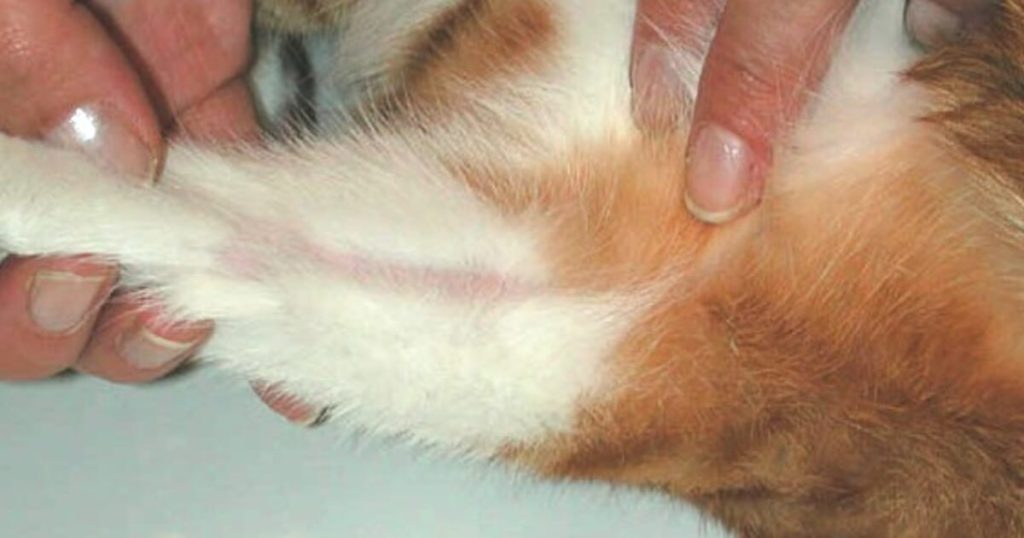What is Skin infection in dogs?
Dog skin is composed of the epidermis and the dermis. The latter is a dense connective tissue, with collagen fibers as its supporting elements. Skin, which is specialized for protection and sensation, is a very complex organ with a large surface area.
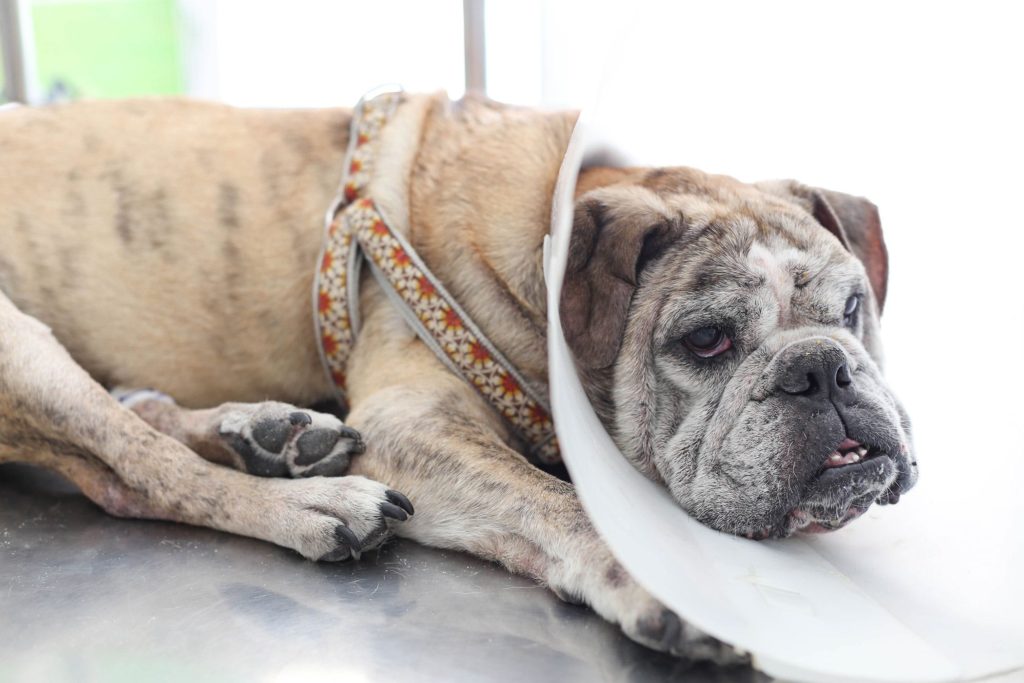
It is important to know the different types of canine skin diseases and conditions as they can be difficult to identify. Some of these include allergies, mange, hot spots, and flea infestations. The key to identifying which condition your dog has is by recognizing the symptoms that accompany each condition.
You will usually notice your dog is itchy. If they start to scratch excessively, their skin may break open, which can lead to infection.
Causes of Skin Infection in Dog
- Fungal Skin Infection
The species of fungus can cause skin disorders in dogs. “Ringworm” is one type of dog fungal infection that usually presents as round, hairless patches on the skin. Other symptoms include redness, pus-filled lesions, hair loss, and inflammation. Anti-fungal drugs and shampoos are very effective at treating these types of infections containing. A fungal skin infection is most commonly seen on the forelegs and faces of dogs due to their contact with the environment.
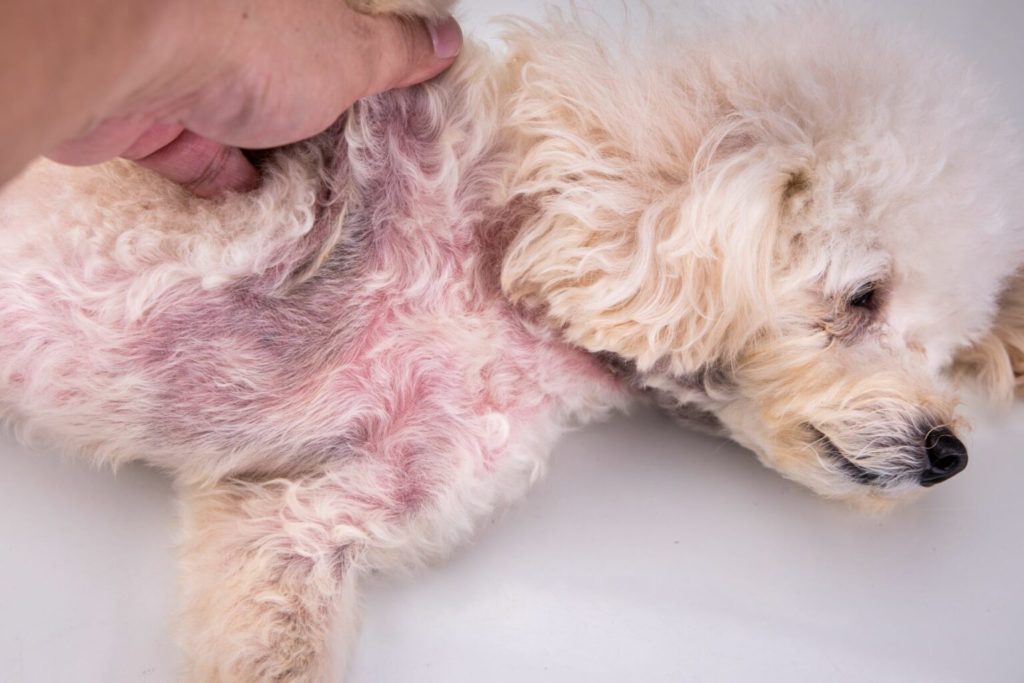
- Parasitic Skin Infection
Parasitic infestations are conditions that dogs may experience. Parasitic infestations in dogs range from the most common type of mange, caused by a mite infestation, to rarer types such as demodectic or red mange. Cheyletiellosis is another example of a parasitic infection that causes hair loss and crusting around the ears and eyes, while Ododectic Mange is also part of them.
- Flea Infestation
Fleas bury their heads as far as possible into the skin tissues. They cause anemia by sucking the blood of the dog, flea–bite allergy, inflammation, and skin abscesses in dogs. Using a shampoo with a flea repellent or using pyrethrin or nitenpyram can eliminate fleas from your dog. However, using a shampoo dip can be more effective at killing them all.
- Bacteria Skin Infection
There are many different types of bacterial infections that can occur in dogs. The most common is Staphyloccoccus, which is found on normal dog skin but will often cause problems when the immune system is weakened.
Bacteria can cause secondary complications to dog skin. Once a dog’s immune system is suppressed and bacterial infection occurs, the bacteria can cause pyoderma, dermatitis, fever, illness, seborrhea , crusts, rough skin, a coarse coat, and progressive degeneration of skin tissues in general. Treatment usually involves the application of antibiotics.
- Skin Tumor Infection
Skin tumors have become an important dog skin disorder in recent years. Various benign and malignant tumors can cause skin disorders, while the malignant form of tumors is usually cancerous. Benign tumors can cause lumps, swelling, and suppression of immune response. The treatment of skin tumors involves a combination of surgical resection, radiation therapy, and anti-cancer drug therapy.
- Allergy
Dogs that have skin allergies are common. Flea bite allergy, canine atopy, and food-borne allergies are some examples. Fleas may contain the histamine-like substance in their mouth, which when a skin bite occurs can cause an allergic reaction in the skin tissues. Similarly environmental and pollen allergies can cause canine atopy. Some foods lead to skin infections such as protein, fat, etc.
Diagnosis and Treatment
In order to properly diagnose diseases and conditions of the dog’s skin, various tests may be needed. Tests might include Dog skin biopsy, blood test, and skin examination. Skin disease treatment and conditions depend on the exact disease or condition. Treatment may involve oral or topical medication, removal of any lumps or bumps from your dog’s skin, or a change in diet if the pet is suffering from an infection resulting from poor nutrition.
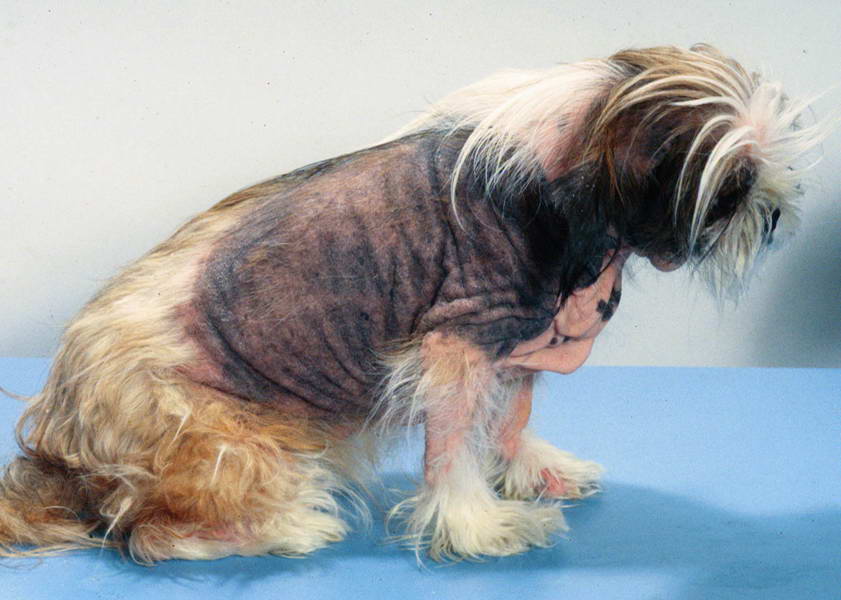

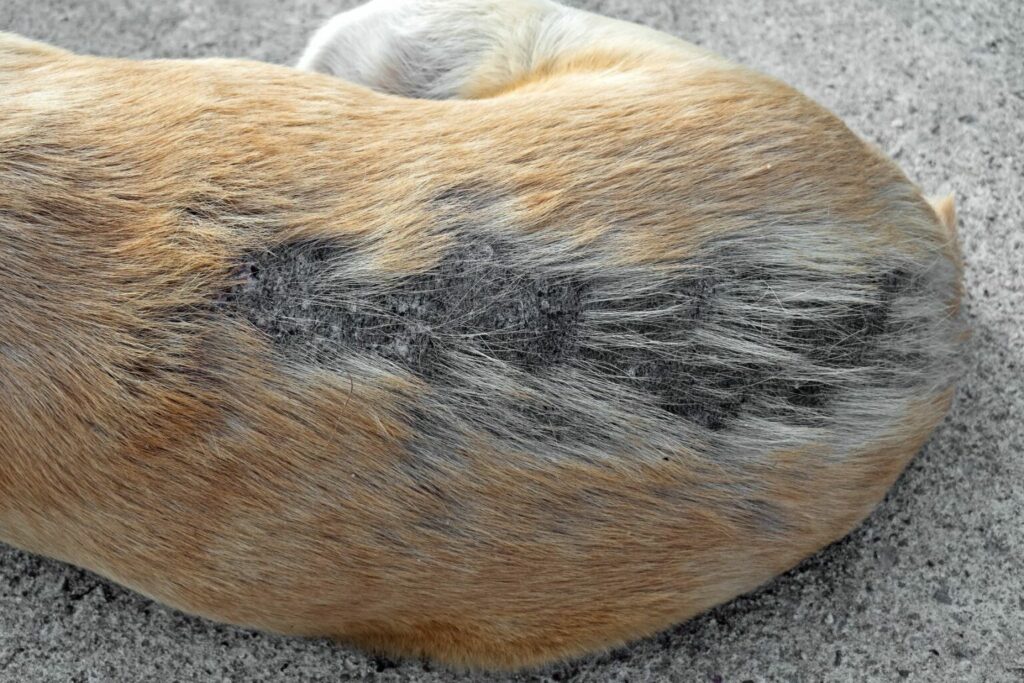


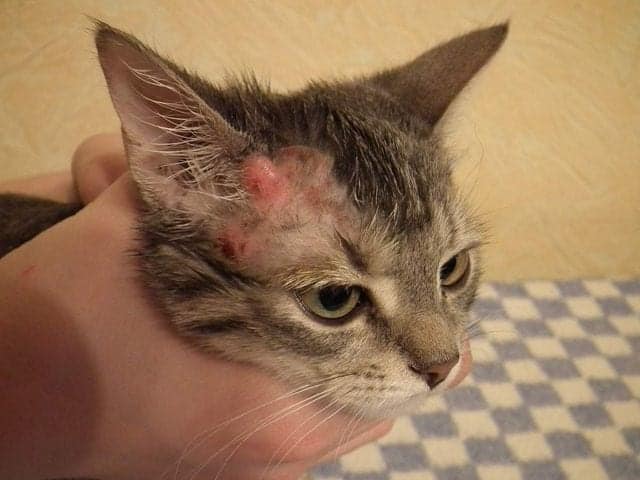 into the skin; this causes intense itching that leads to scratching.
into the skin; this causes intense itching that leads to scratching.